No, there is no credible scientific evidence or studies that suggest FDA approved red light therapy (RLT) causes cancer. Rather than promoting cancer, FDA-approved red light therapy enhances cell function and speeds up healing processes.
Although concerns exist about FDA approved red light therapy's effects on cancer cells, current research has not found any direct links to cancer stimulation. Here, we'll break down how red light therapy works, its impact on healthy and cancerous cells, and whether it's safe for those undergoing cancer treatment.
What is Red Light Therapy?

Red light therapy, also known as low-level laser therapy (LLLT) or photobiomodulation (PBM), uses specific wavelengths of light to penetrate the skin and tissues. The most commonly used wavelengths for therapeutic purposes range from 600 nm to 850 nm, typically encompassing red and near-infrared light. This therapy is non-invasive and is designed to:
- Promote Healing: RLT is known for its ability to accelerate tissue repair and reduce inflammation.
- Stimulate Cellular Processes: By interacting with cellular components, RLT can enhance energy production and promote various biological responses.
- Non-Invasive Treatment: The procedure is painless, making it an attractive option for many patients.
The light in RLT is typically administered through devices such as handheld units, panels, or larger machines. The treatment is quick, usually lasting between a few minutes to about 20 minutes, and it does not cause significant discomfort.
How Does Red Light Therapy Work on Cells?

To understand the impact of FDA-approved red light therapy devices on cancer cells, it's crucial to first understand how the therapy affects normal cells. When the light is absorbed by the body, it is primarily absorbed by the mitochondria in cells. This leads to the production of ATP, which fuels cellular processes like:
- Tissue repair
- Inflammation reduction
- Blood circulation improvement (accelerates healing)
For healthy cells, this is a beneficial process, leading to faster recovery, reduced pain, and improved tissue regeneration. However, the concern arises when considering the potential effects of FDA-approved red light therapy on abnormal or cancerous cells.
Some fear that the light, which stimulates cell activity, might encourage the growth of cancer cells. So, does FDA-approved red light therapy promote cancer growth, or is it safe for those with cancer?
Can Red Light Therapy Stimulate Cancer Cells?
The concern that medical-grade red light therapy devices might stimulate cancer cells arises from their ability to enhance cellular energy and activity. However, there is no conclusive scientific evidence supporting the idea that RLT promotes cancer growth. Current studies suggest that its effects are primarily therapeutic, focusing on healthy cell function and tissue healing.
Here's why RLT does not appear to stimulate cancer cells:
- Non-Ionizing Nature: Unlike ionizing radiation (e.g., X-rays), which can damage DNA and potentially cause mutations, medical-grade red light therapy devices use non-ionizing wavelengths. These are incapable of inducing cellular mutations linked to cancer.
- Selective Effects: Red light therapy primarily enhances mitochondrial activity in normal, healthy cells. Research has shown that while it improves energy production in these cells, its effects on cancer cells are less predictable and do not consistently promote growth.
- Indirect Anti-Cancer Benefits: By reducing inflammation and enhancing immune function, RLT may create an environment less favorable for cancer progression. For example, inflammation is a known factor in cancer development, and reducing it could have protective effects.
What Do Studies Say?

Research on the relationship between medical-grade red light therapy devices and cancer is ongoing. While some studies suggest RLT can support tissue healing in cancer patients undergoing treatments like surgery or radiation, others indicate it does not affect cancer cell proliferation.
For instance, certain studies have used RLT in conjunction with cancer treatments, showing that it may help manage side effects like oral mucositis in chemotherapy patients without exacerbating cancer cell growth.
Then, Should Cancer Patients Use Red Light Therapy?
The decision of whether or not a cancer patient should use red light therapy (RLT) is complex and highly individualized. While RLT shows promise in managing certain symptoms, it's not a substitute for established cancer treatments and should only be considered as a supportive therapy. The potential benefits must be carefully weighed against any potential risks, and this assessment should always be made in consultation with an oncologist.
Besides, several factors need to be considered:
- Type and Stage of Cancer: The type and stage of cancer significantly influence the appropriateness of RLT. Some cancers might be more sensitive to light stimulation than others, though current research doesn't suggest RLT directly stimulates cancer growth. This is an area requiring further investigation.
- Specific Symptoms: RLT may be most beneficial for managing specific symptoms, such as pain, inflammation, and fatigue. However, it's crucial to understand that RLT is not a cure for these symptoms and may not be effective for everyone.
- Device Selection: The choice of RLT device is also important. Devices should be chosen based on their safety features, wavelength range, power output, and ease of use. The use of devices from reputable manufacturers, such as Prungo, with quality control and safety standards, is recommended.
A Trusted Partner in Wellness: PRUNGO

When exploring red light therapy, safety and effectiveness are crucial considerations. PRUNGO medical-grade red light therapy devices are designed with advanced technology, ensuring therapeutic results without compromising safety. Their dual-wavelength approach—650nm red light and 850nm infrared light—targets pain, inflammation, and tissue repair efficiently.
Why choose PRUNGO?
- Safety First: Non-ionizing light eliminates cancer risks while enhancing cellular energy.
- Precision Therapy: Focused 10-degree lens technology delivers targeted results.
- Professional-Grade Results: Trusted for pain relief, post-surgery recovery, and inflammation reduction.
- Customizable Settings: Adaptable to individual needs, from minor aches to chronic conditions.
- Ease of Use: Suitable for home or professional settings with user-friendly designs.
While FDA red light therapy benefits include reduced pain and improved recovery, cancer patients should consult their healthcare providers before use. PRUNGO supports wellness with reliable, innovative devices tailored for safety and effectiveness.
Conclusion
Red light therapy (RLT) is a safe, non-invasive treatment that promotes healing, reduces inflammation, and enhances cellular energy without any evidence of stimulating cancer growth.
Current research supports its therapeutic potential, and devices like PRUNGO provide reliable, precision-focused solutions for diverse needs. By prioritizing safety and professional guidance, RLT can be a valuable tool in improving overall wellness.


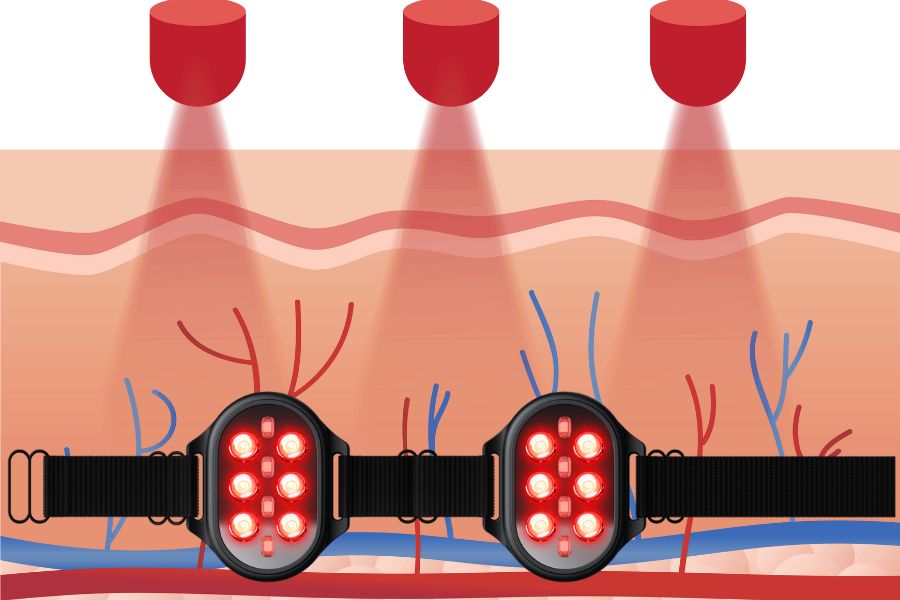
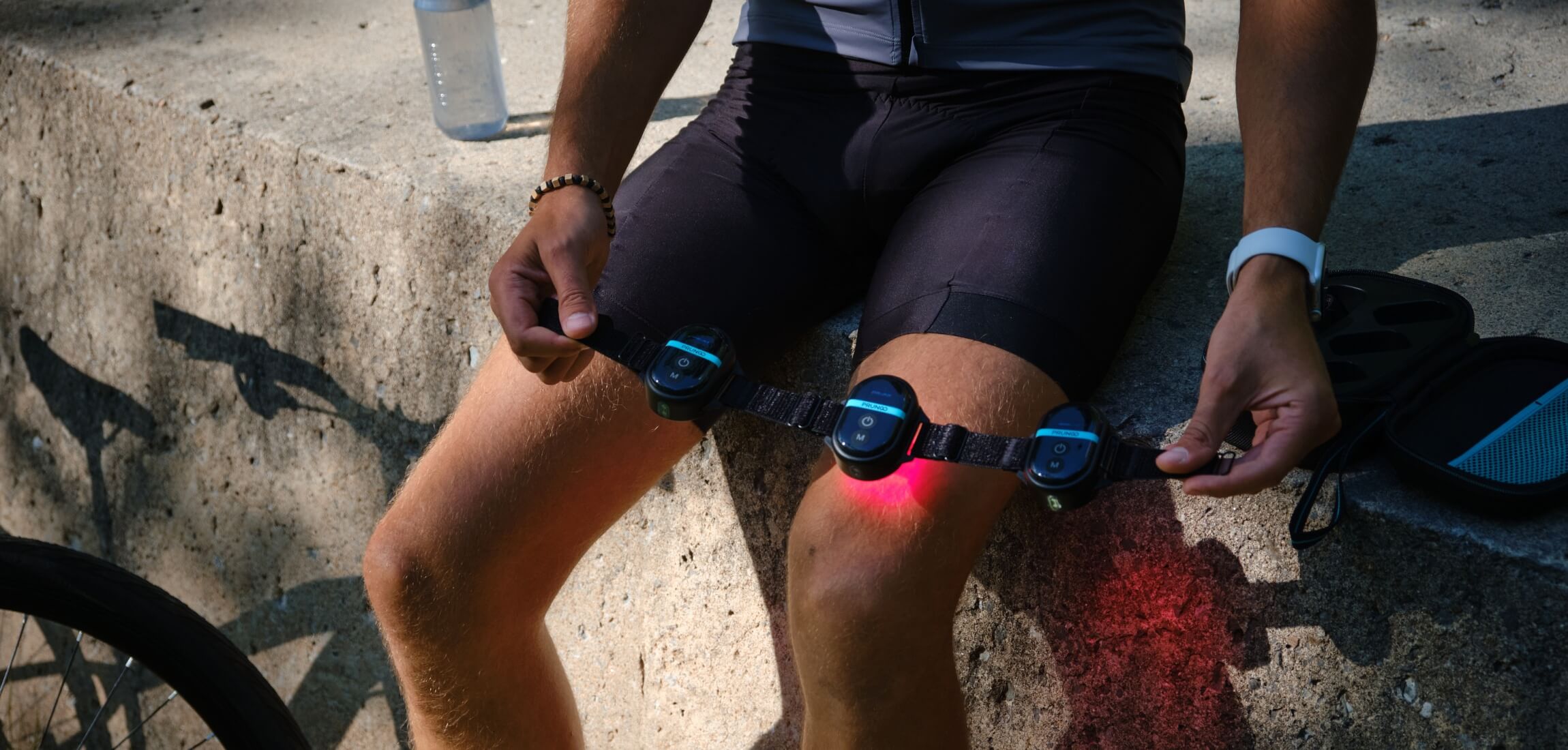
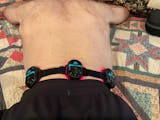
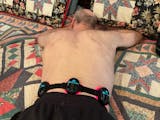









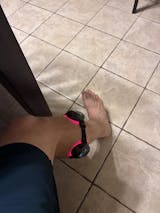
Share:
How Soon After Surgery Can You Use Red Light Therapy?
Red Light Therapy vs Infrared Sauna: A Comparative Analysis